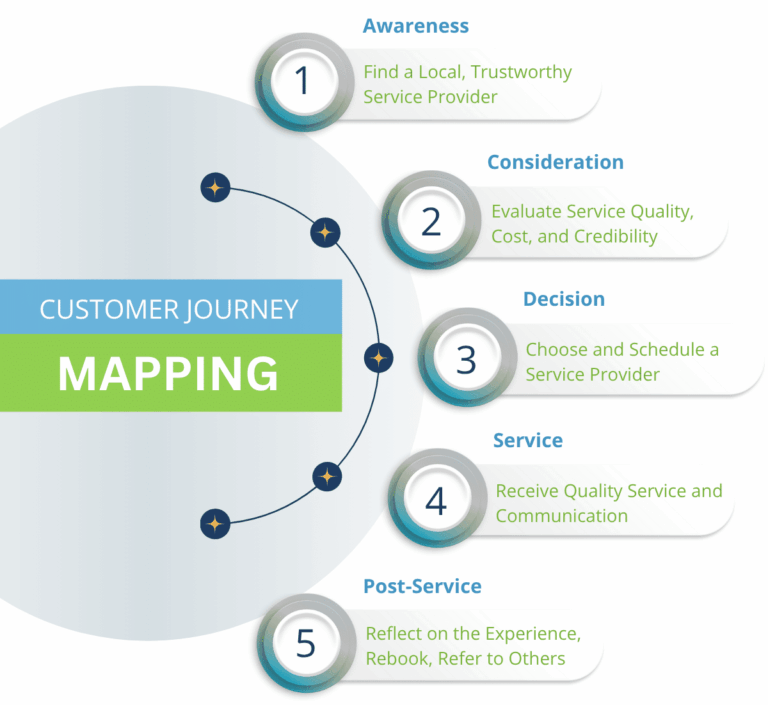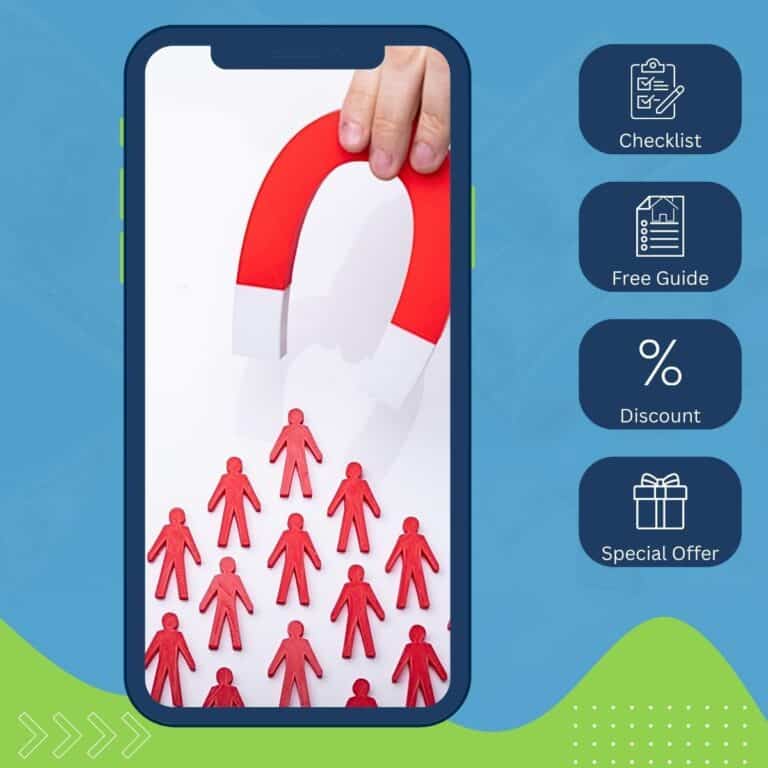Content can make or break a website. It’s that important. The quality of a website’s content will determine the success or failure of a site and visitors’ desire to do business with your company.
A Website’s Content Serves Many Vital Functions, Including:
- Generating Leads
- Driving Traffic to a Website
- Conveying Compelling Marketing Messages to Your Target Audiences
- Persuading Potential Customers to Take Action (i.e. make a purchase, sign-up, respond to a blog post, download a white paper, etc.)
Consider these Statistics
- Users often leave web pages within 10-20 seconds, however, pages with a clear value proposition can hold their attention longer
- 92% of SEO practitioners say content creation is an effective SEO tactic
7 Tips for Creating Good Website Content
Here are seven tips on how to write effective web content and ensure the success of a website.
1. Identify Your Target Audience & Develop Buyer Personas
Before creating the content, make sure you really understand your target audience, their needs, and their language. Creating a buyer persona is a great way to start the process.
2. Set Content Goals
What purpose should your content serve? Do you want to use it to position your company as an expert in your field, sell products, educate your visitors, establish a relationship and connection with visitors? Which relevant keywords and keyword phrases will drive the most traffic to your site? What tone do you want your content to have (educational, humorous, 1st person, 3rd person, etc.) Starting with the end in mind will ensure your content is focused on driving the right outcomes.
3. Educate, Don’t Sell
People don’t want to be sold to. They are seeking an expert they can trust and want to engage and do business with. Position yourself and your content in a way that establishes you as a leader in your field and provide useful and relevant information to your visitors.
4. Chunk Content
Information on the web is consumed in a modular rather than linear style. Content needs to be separated into easy-to-scan “chunks” to facilitate most visitors’ reading style. Use short paragraphs, instructive headings, bullet points, and anchor points (photos, graphics, and captions) to make it easy for readers to determine the context of a page quickly.
5. Be Clear & Concise
Write the content in an active voice. Use strong verbs and simple sentence construction. Get to the point quickly. Long, drawn out copy will turn visitors away.
6. Don’t Forget the SEO
To drive quality traffic to your website, make sure to employ good SEO practices in each of your web page’s content. These practices include: focusing on one keyword phrase per page (if possible), including the keyword phrase in the title, headings, page’s url, throughout the content, in the meta tags (title & description), image file names and alt tags, and hyperlinks.
7. Get Help from a Professional Copywriter
Professional copywriters know how to bring content to life and make it jump off a page. Working with a professional copywriter can help your content stand apart from your competitors, ensure it is speaking directly to your target audience, and is optimized properly for the search engines.






